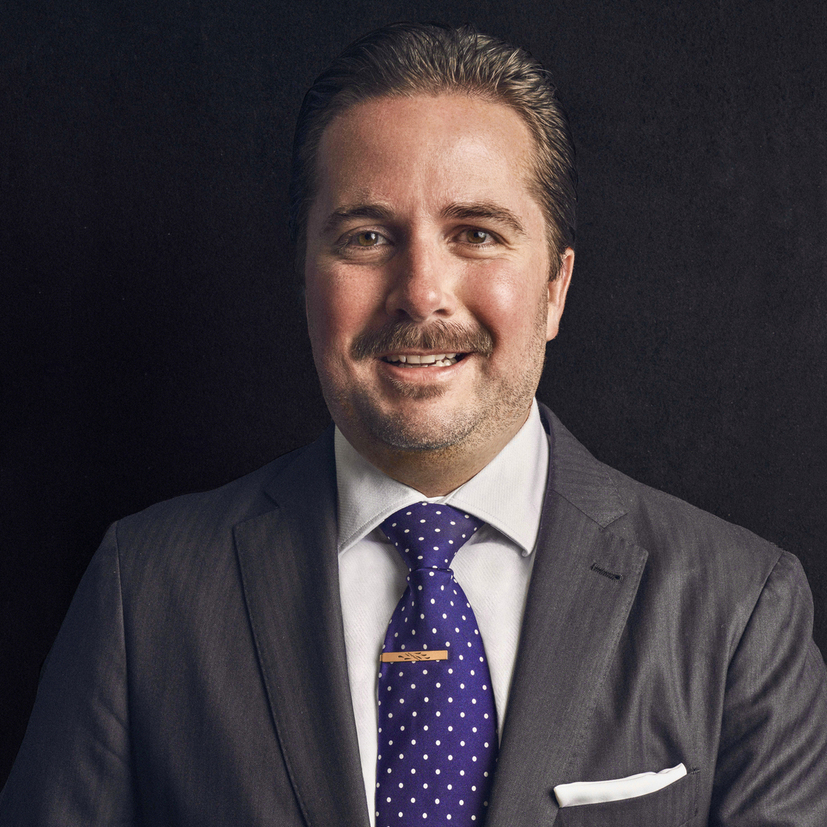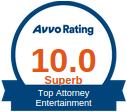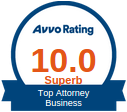In his capacity as a Columnist for California Sports Lawyer®, Founder Jeremy Evans has written a column about name, image, and likeness (NIL) in college sports and further changes likely to occur.
You can read the full column below.
~
Name, image, and likeness (“NIL”) has taken America and college athletics through the NCAA by storm. Most experts believed that NIL would be driven by the most well-known and social media-active athletes in men’s basketball and football, but the truth is that NIL has had made money for many female athletes and even athletes in non-revenue producing sports. There has also been a normalization of NIL financial investment as brands adapt to the market, both what the athletes what, need, and what consumers are willing to engage.
The influence of NIL comes down to the social media prowess and power of the individual athlete and/or how invested the university is where the athlete plays and attends school in promoting and more frankly distributing financial resources to its college athletes. Some colleges are much more adapt and financially sound to be able to promote its athletic programs and generate revenue from brands for NIL distribution. These school-led brand deals are universal, meaning the money generated is distributed evenly to all student athletes. Therefore, the checks are generally smaller because the distribution is to hundreds if not thousands of student-athletes. One-to-one deals between an individual athlete and a brand range is dollar size, but ideally a student-athlete would have access to both options.
As the NIL system continues to develop, there are five likely scenarios to play out in the space.
Continued Major Conference Scheduling
As the conferences continue to realign towards one another, meaning Pac-12, Big 12 and universities from other conferences leaving for better television contract paying homes like the SEC and Big 10, broadcast partners and the universities themselves will want to have schedules that are competitive to raise viewership and advertising dollars. There is likely to be more games scheduled against universities in the power five conferences (or four depending on what happens to the Pac-12 with UCLA and USC leaving for the Big Ten in 2024) and those within the conference. Simply, expect more national attention match-ups and competitive scheduling. However, more universities in conferences may mean less room for out-of-conference match-ups.
Performance-based Financial Incentives
The ACC is the first power five conference to publicly propose the idea of incentivizing universities to be more competitive in order to receive larger financial payouts at seasons end. On the one hand, there is balance because generally universities are great at one sport, but not another. One might hear that a university is a basketball or football school, but more often not both. For example, one year a university could win the national championship in college football, but have a 1-19 record in conference basketball and not make the March Madness tournament by a wide margin. On the other hand, universities sign contracts with conferences for some guaranteed television revenue, so if revenue splits were to change, it would have to be agreed to and it is likely just for post season revenue (e.g., bonuses for performance). Would college conferences also consider introducing relegation and invite new schools in for lack of or high performance? An idea that would have impossible just a few years ago.
NIL Rules Standardization by Conference
As the strongest college conferences continue to consolidate power and influence on the sports landscape, conferences will continue to govern themselves individually or collectively as a power four or five. This makes sense because conferences will want universities in their conferences or same playing field to compete according to similar NIL rules in recruiting and retaining student-athletes. It may be a long shot, but conferences may start consolidating further and looking at east, west, north, and south divisions if conferences were to align further—at least for playing schedules.
Continued Conference Realignment
As the Pac-12 continues to struggle, sadly, to find a broadcast and streaming partner(s), member schools are beginning to look elsewhere. The University of Colorado is looking at rejoining the Big 12, and may be joined by other Pac-12 schools with UCLA and USC leaving for the Big Ten. It would be unwise to bet against further conference realignment as the ACC has some major football programs that could be enticing to the SEC (e.g., Clemson, Florida State, and possibly even Miami). At this point, university athletic departments are looking more like sports franchises organizing themselves in leagues for collective benefit and competition. Maybe athletic departments should be doing just that as they drive significant revenue back into universities and wish to leverage their brand and most popular assets.
Further Qualifying State-led NIL Legislation
The United States of America is a constitutional republic with many rights reserved to the states. NIL was born out of state law and will likely continue down that path. If U.S. Congress does agree to legislation, it will likely be limited to high level thresholds related to employee-statuses for student-athletes, antitrust protection through an exemption, or prohibition on revenue-sharing. However, except for antitrust laws and exemptions, each of those aforementioned propositions are almost exclusively based on state laws so the federal government may find itself defending congressional laws over the issue of commandeering similar to Murphy v. NCAA and the unconstitutionality of PASPA (e.g., sports betting regulated by individual states).
College sports are already in an interesting era with NIL, and it is looking to become even more interesting. By the way, the University of Notre Dame is playing Navy again in Ireland in 2023! Talk about the growth of college athletics.
~
About Jeremy M. Evans:
Jeremy M. Evans is the Chief Entrepreneur Officer, Founder & Managing Attorney at California Sports Lawyer®, representing entertainment, media, and sports clients in contractual, intellectual property, and dealmaking matters. Evans is an award-winning attorney and industry leader based in Los Angeles and Newport Beach, California. He can be reached at Jeremy@CSLlegal.com. www.CSLlegal.com.
Copyright © 2023. California Sports Lawyer®. All Rights Reserved.





